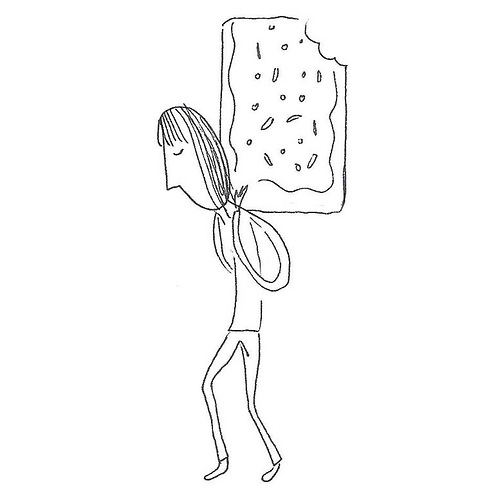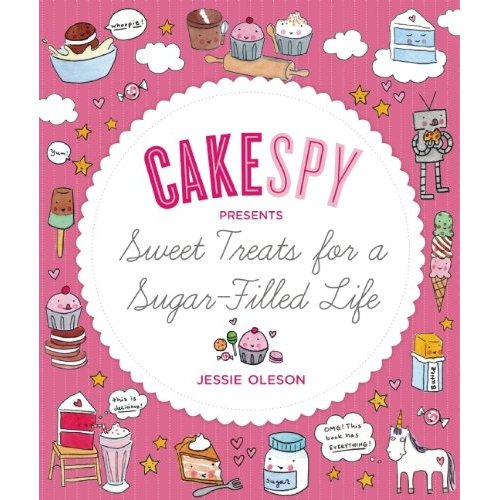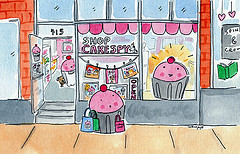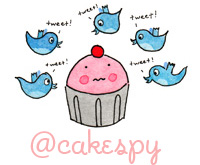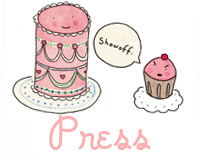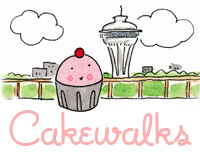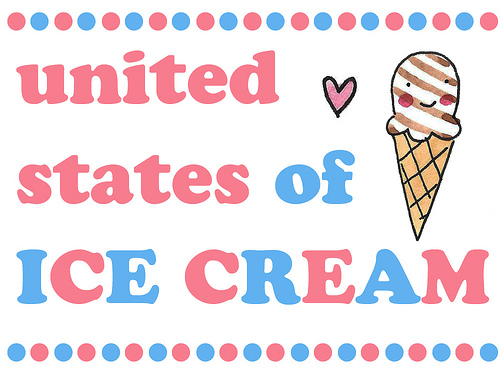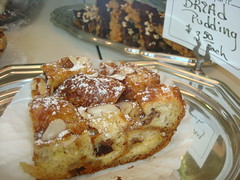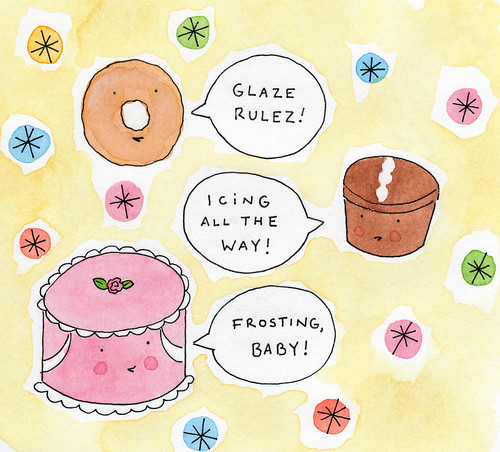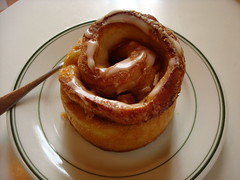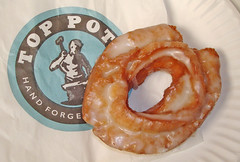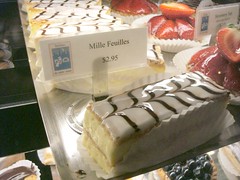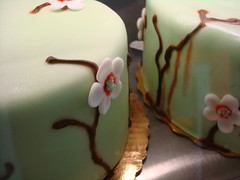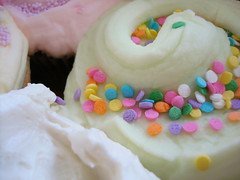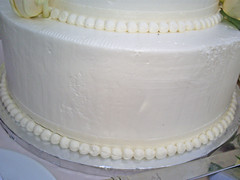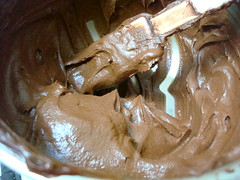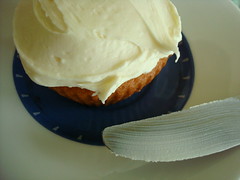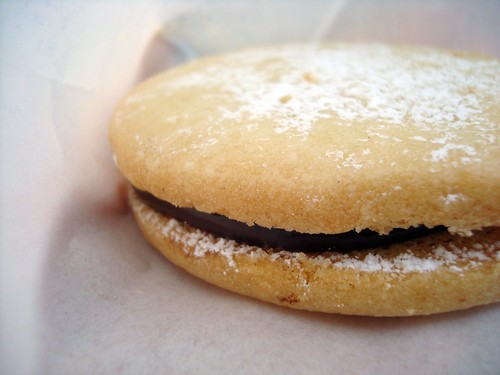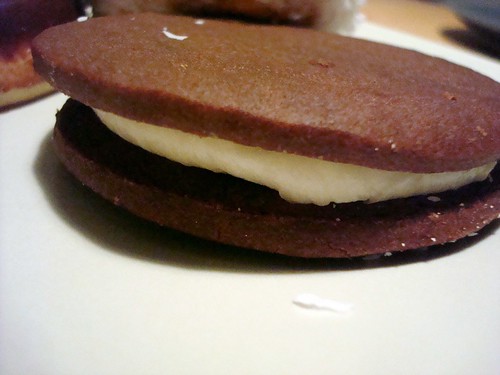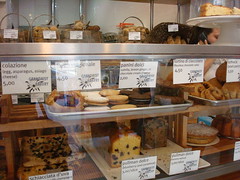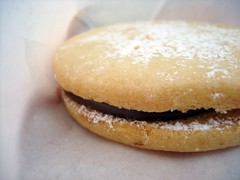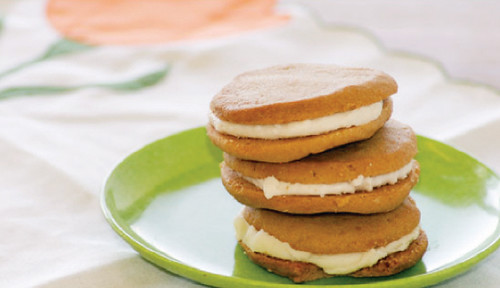
Just like any proper invasion, it started quietly, gaining momentum until suddenly, it was an unstoppable force. We're speaking of bread pudding of course--suddenly, it's everywhere.
OK, to qualify that statement, it's not as if bread pudding was ever off the radar. It's been around, on both the high and the low end, as long as we can remember. However, it seems that in the past year or so, its popularity has grown enormously--to the point that nearly every bakery, coffee shop and restaurant in Seattle (and even beyond) has a variation. So what gives?
Well, we have some ideas. Wanna hear?
Bread Pudding: Why?
First, before we talk about the present, let's consider bread pudding's past. According to
this article,
Food historians trace the history of bread pudding to the early 11th and 12th centuries, as frugal cooks looked for ways to use stale, leftover bread instead of letting it go to waste. In 13th century England, bread pudding was known as “poor man’s pudding,” as it was a popular dish with the lower classes.
Yup--it was a budget-friendly dish then, and it is now. Sure, it's been gussied up--you'll see fancy versions with all sorts of toppings, and creative versions using everything from doughnuts to cinnamon rolls to brioche, but it really does boil down to the idea of giving new life to baked goods which would otherwise be thrown away.
Even beyond the idea of making smart use of leftovers though, is the fact that bread pudding is also a vastly comforting dish. Warm, custardy and carbohydratey, it's the type of fare that can put you in a blissful carbohydratey coma, forgetting all manner of economic woes. Just look at all of the major food magazines lately--they've all got comfort food on the cover.
To speak specifically to the proliferance of the sweet treat in Seattle of course, one need only consider the weather during the winter months: we don't know about you, but we couldn't think of a cozier sweet for a cold and rainy day.
Bread Pudding: How?
Now that we've considered why bread pudding has been so popular lately, let's consider form. For it seems to us that there are two major players in the world of bread pudding, the first a more solid, cakey sort; the second being a more custard-y sort, consisting of the bread floating in a dish of cream. Which one is correct? Well, we wouldn't dare make the final call on that, so we turned to our dear readers to see which variation they preferred.
While certainly some have a strong preference, it seems that the preference was for some sort of middle ground. Seems that a solid form is important, but it does need some sort of sauce or topping. As
one reader said, a hybrid is best: "cakey (but not dry) bread pudding with sauce drizzled over"; and as
another aptly echoed, "Nice and soft, but not soupy".
Bread Pudding: What Now?
So what's going to happen next? Well, as it is such an open-ended dish, we'd predict that you look out for more hybrids and creative innovation--often based on updating or taking a creative spin on old classic recipes--and in both sweet and savory variations. Want a peek? Here are just a few of the variations that have intrigued us on the sweet side of things:
Bread Pudding: Where?
Where do Cake Gumshoes get their bread pudding fix? In Seattle, we love the bread pudding at
Boat Street Cafe (it's the one that everyone says is "the best"--and well, it's pretty freaking good, served in a rum-butter cream sauce) ,
B&O Espresso (floating in a dish of custard), Bella Dolce (more solid, served in a cupcake-cup), and Grand Central Baking (also served in a cupcake-cup, but with a delectable chocolate variation). How about in your hometown?
 Wednesday, March 4, 2009
Wednesday, March 4, 2009 
 culture
culture 









